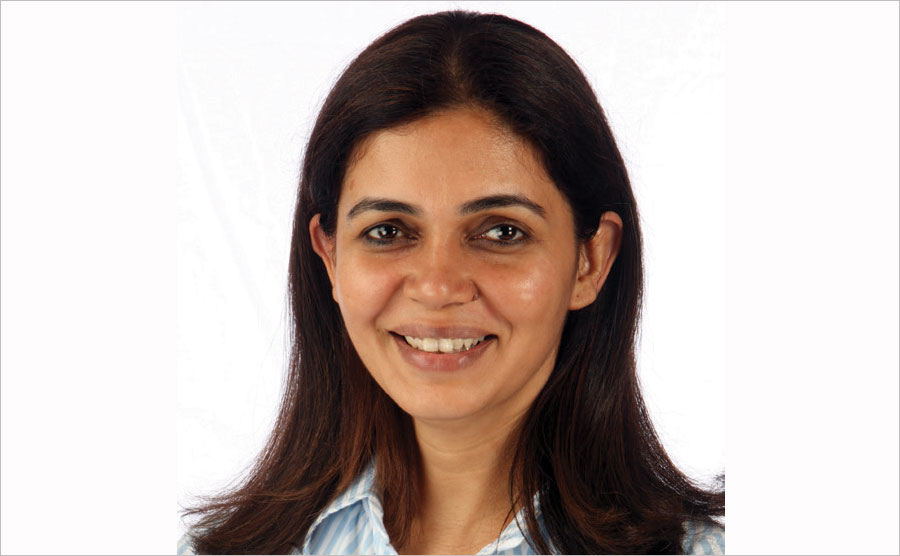What is CMM?
In the last five years, ad spends in India have grown between 12% and 15% CAGR, with Digital growing upwards of 30% CAGR. For the FMCG players especially who spend heavily overall, traditional media has seen greater holistic evaluation but there has not been enough sales ROI measurement for digital spends. The CMM solution looks at the impact of media platforms on sales, and provides digital ROI insights. With the CMM solution, apart from the impact of media platforms on sales, Nielsen will be able to provide the industry with benchmarks for digital ROI insights. Furthermore with this solution, Nielsen can set up quick tests that evaluate sales impacts of different creatives, ad formats, and placement decisions at a sales ROI level. Explaining how the solution will directly aid in media planning, Dolly Jha, Head - Media, Nielsen South Asia, says, “At Nielsen, we identified the absence of an industry-wide standard solution to measure sales ROI of all media with the same granularity and rigour even while the share of digital ad expenditure is increasing rapidly in India. This gap was making it difficult for brands to make investment decisions for all platforms based on proven outcomes. This solution that we have created can help FMCG marketers and advertisers with insights at multiple levels on a medium that is today almost 20% of the total media portfolio. This will directly aid in media planning, in turn helping advertisers gain overall efficiencies on media investments.” She adds that Nielsen will work with closely with FMCG players to deploy the CMM solution in planning.
The benefit for advertisers
 Mondelez India is one of the first of several advertisers to have successfully used the model to optimize its marketing mix. Explaining the kind of impact CMM can make, Anil Viswanathan, Marketing Director (Chocolate), Mondelez India says, “CMM will not only solve for a long-standing challenge regarding sales ROI measurement for digital on offline retail brands, but will also prove to be a key input into an industry-wide discourse on the standardization of effectiveness measurement.” Vishwanathan adds that the solution helps not just in comparing publishers but also in identifying opportunities within a platform. “The model provides a more holistic understanding of where my spends are going, what kind of assets are delivering better ROI, what creatives are working, and so on,” he explains.
Mondelez India is one of the first of several advertisers to have successfully used the model to optimize its marketing mix. Explaining the kind of impact CMM can make, Anil Viswanathan, Marketing Director (Chocolate), Mondelez India says, “CMM will not only solve for a long-standing challenge regarding sales ROI measurement for digital on offline retail brands, but will also prove to be a key input into an industry-wide discourse on the standardization of effectiveness measurement.” Vishwanathan adds that the solution helps not just in comparing publishers but also in identifying opportunities within a platform. “The model provides a more holistic understanding of where my spends are going, what kind of assets are delivering better ROI, what creatives are working, and so on,” he explains. Jha also notes that this kind of solution is especially critical at a time when brands, especially in FMCG are spending higher proportions of their marketing budgets on Digital. “The media mix for FMCG advertisers has undergone a sea of change in the last couple of years. Digital spending has gone up significantly and obviously there are questions that marketers have in terms of media spends across different platforms. With the CMM solution, we will help advertisers understand just how efficient their Digital media investments will be,” she adds.
Jha also notes that this kind of solution is especially critical at a time when brands, especially in FMCG are spending higher proportions of their marketing budgets on Digital. “The media mix for FMCG advertisers has undergone a sea of change in the last couple of years. Digital spending has gone up significantly and obviously there are questions that marketers have in terms of media spends across different platforms. With the CMM solution, we will help advertisers understand just how efficient their Digital media investments will be,” she adds.Welcoming the development, Pratham Hegde, Head of Marketing Science, Facebook India says, “The CMM initiative finally settles the debate around marketing evaluation for FMCG by focusing on outcomes that marketers want, instead of an endless list of input metrics. We now have a common-currency to measure effectiveness of each digital publisher along with TV and other media, allowing advertisers to allocate budgets scientifically.”























